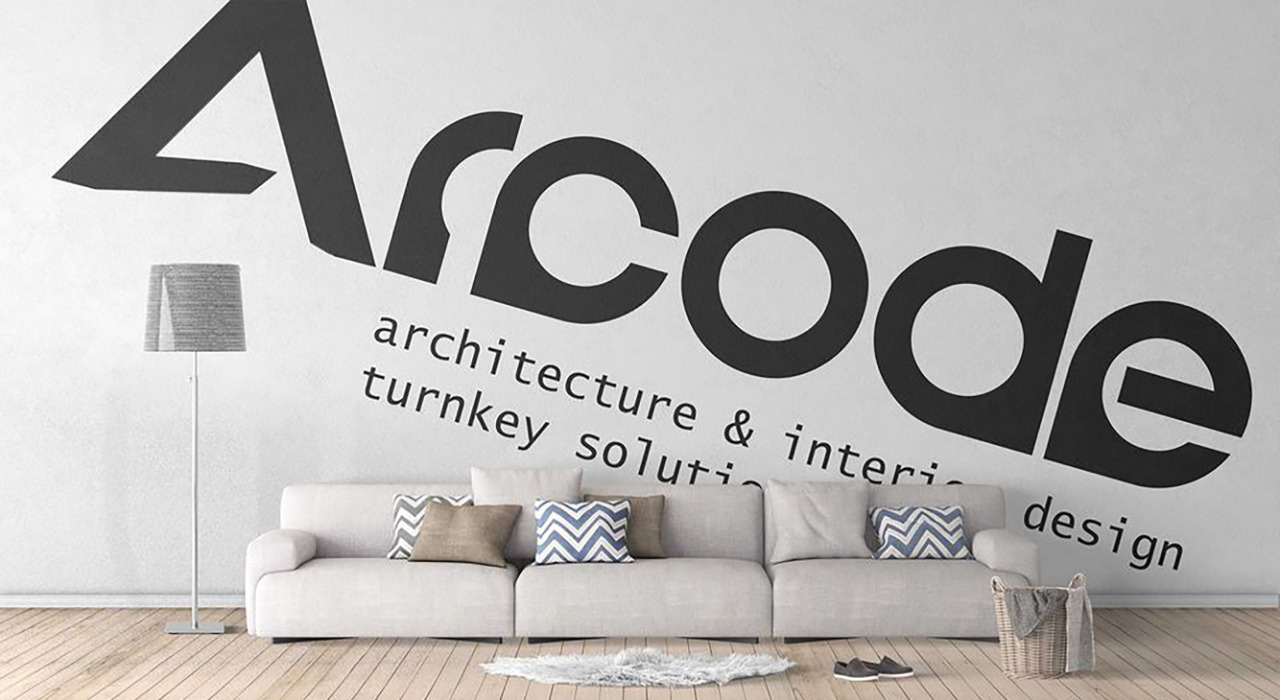Fitted-Out Projects
Staircase Design 1
Designing the Perfect Staircase: A Masterpiece of Functionality and Aesthetics
The staircase, an architectural element that has stood the test of time, serves not only as a functional means of traversing between different levels of a building but also as a beautiful focal point that can enhance the visual appeal of any space. Designing the perfect staircase requires careful consideration of various factors, from its purpose and location to its design and materials used.
One of the most fundamental aspects to consider when designing a staircase is its intended purpose. Is it a main staircase bringing together multiple levels, or a secondary one leading to specific areas within a building? The purpose will dictate important design elements such as the width, height, and placement of the stairs. For example, a main staircase in a commercial building may need to accommodate a high volume of foot traffic, whereas a staircase in a residential home may be more focused on creating an elegant and welcoming atmosphere.
Another crucial factor in staircase design is the available space. The dimensions and layout of the area where the staircase will be installed can significantly influence its design. Architects and designers must carefully measure the allotted space to ensure that the staircase fits seamlessly into the environment, without obstructing pathways or impeding functionality. A well-designed staircase should be harmoniously integrated into its surroundings, complementing the overall architectural style of the building.
Once the purpose and space constraints have been evaluated, attention turns to the aesthetics of the staircase. The design choices can range from the traditional to the modern, with each style having its unique characteristics. Traditional staircases often feature ornate handrails, elaborate balustrades, and gracefully curved steps. In contrast, modern staircases tend to embrace simplicity, clean lines, and the use of materials such as glass and metal. The choice of materials is also an integral part of the design process, with considerations for durability, maintenance requirements, and the desired visual impact.
It is worth noting that safety should always be a top priority when designing a staircase. Ensuring proper handrail height, non-slip surfaces, and adequate lighting are essential aspects that must not be overlooked. Building codes and regulations often dictate specific safety standards that must be followed during the design and construction process to guarantee the well-being of users.
In conclusion, designing the perfect staircase requires a meticulous amalgamation of functionality and aesthetics. Whether it is a grand staircase commanding attention or a minimalist marvel blending seamlessly into the backdrop, a well-designed staircase has the power to elevate both the beauty and practicality of any space. It is the mastery of these elements that transforms the staircase from a mere functional element into an architectural masterpiece. So next time you climb a set of stairs, take a moment to appreciate the craftsmanship and thought that went into their design, for staircases truly embody the marriage of form and function.
Project
Category




